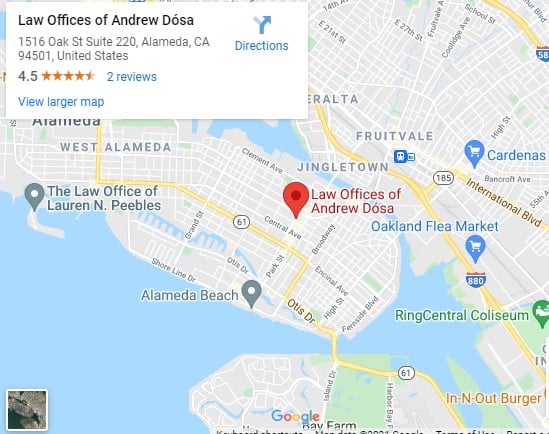We return to the series on Motions to Suppress. Here is the fourth installment, which contains our presentation of the facts, to best illuminate the unconstitutional searches (more than one) in a particular case we handled.
STATEMENT OF FACTS
The search and seizure were conducted without a warrant and that the defendant had a reasonable expectation of privacy in the area searched. According to the police report and the video from the police officers’ body worn cameras, on May 25, 2019, at approximately 6:00 p.m, several Police Department Officers responded to a dispatch call of a male and female arguing in a car in a parking lot located on M Avenue. Two police cruisers arrived at the scene; the officers located the car, parked and approached the driver of the suspect car. They instructed the driver to park and turn his ignition off, and then detained the driver, A. Smith, and the female passenger, BR. A third cruiser arrived.
A third cruiser arrived to present a full show of force. Mr. Smith was being interrogated by the original officer, and another officer took BR aside to question her. Other officers walked around A’s car, looked into the windows, and reached into the back seat window.
The officers determined there was no domestic violence incident. However, the officer’s remained on the scene and continued to detain Mr. Smith and his female passenger. The police officers then asked Mr. Smith to step out of the car as they “preferred to talk to him outside of his car”. They had him exit his car and sit on a curb next to his car. There was no DUI investigation conducted on Mr. Smith. The officers told Alan they were not pursuing a DUI investigation. The police opined Mr. Smith was under the influence so he could not drive home. He did not have a license. The police offered to let Mr. Smith leave his car parked in the lot, to be retrieved in the morning, and let him call an Uber to drive him and his passenger home. However, the officers would not permit Mr. Smith to walk a couple feet to his car to retrieve his phone to call the Uber. waterfordbanquet.com
Here was their more curious explanation to him. Because he would be drunk in public, the cops would need to search the car for weapons, before letting him get back into the car. So they asked if he would consent to their entering the car to retrieve his phone. As luck for them would have it, and unfortunately for Mr. Smith, the phone had just died and now needed to be charged. Would he let them charge the phone? He agreed, and once again the officer went into the car to charge the phone.
One of the investigating officers inquired what the scale in the front seat was for and Mr. Smith said to weigh his cannabis. Cannabis was also found in the car in a small amount. The police at this point offered to call a cab and Mr. Smith said he would pay for it.
However, no cab was called. Instead, the police asked if he would let them search the car. He agreed to only a search of the front seat. The officer did so, but also searched the back seat, where he found a broken pipe “in plain view”. This officer kept going beyond consent, and opened an eyeglass case, where he allegedly found a “rock” of methamphetamine, though it was not tested. Officers determined that it belonged to Ms. R and said they would destroy it so she could go home too. Officers went back into the car to charge the phone again. They did not call a cab. This is when the officer popped open the trunk.
As you can see, we try to take the police conduct and show how there are invasions or intrusions into the areas of privacy or freedom of our client. Generally, police must justify every step they take. Can they enter a car? Did they see something that allows a closer look? It is one thing if they see a crack pipe in plain view, it is another if they open a glove compartment to find a crack pipe. Seeing a crack pipe might allow an officer to get into a car, to retrieve it, but not search under a seat. So how can a search under a seat be justified? Or seeing a crack pipe might allow a view under a seat, but not a search of the trunk. In our client’s case, the search of the trunk revealed a small amount of cocaine, two small packages of ecstacy, about $8,700 in cash, an unregistered weapon, and marijuana packaged in about 25 “single serving size” doses. My client called that about a weekend’s worth of personal use.
In the next two installment, we will give you the Arguments we made in our moving papers. As the Arguments are lengthy and many, we will give it in three parts.




